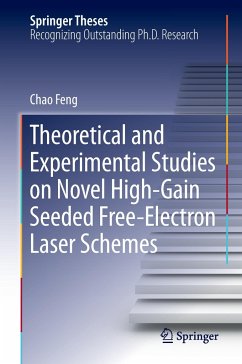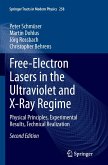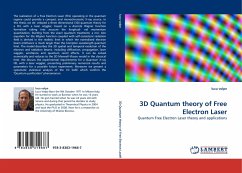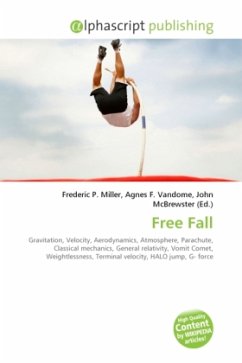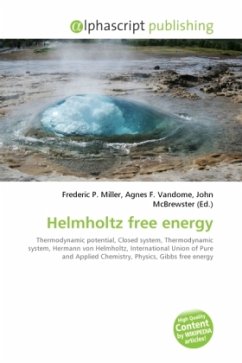A free-electron laser, or FEL, is a laser that shares the same optical properties as conventional lasers such as emitting a beam consisting of coherent electromagnetic radiation which can reach high power, but which uses some very different operating principles to form the beam. Unlike gas, liquid, or solid-state lasers such as diode lasers, in which electrons are excited in bound atomic or molecular states, FELs use a relativistic electron beam as the lasing medium which moves freely through a magnetic structure, hence the term free electron. The free-electron laser has the widest frequency range of any laser type, and can be widely tunable, currently ranging in wavelength from microwaves, through terahertz radiation and infrared, to the visible spectrum, to ultraviolet, to X-rays. Free Electron Lasers were invented by John Madey in 1976 at Stanford University. The work emanates from research done by Hans Motz who proposed the wiggler magnetic configuration which is at the heartof a free electron laser. Madey used a 24 MeV electron beam and 5 m long wiggler to amplify a signal. Soon afterward, other laboratories with accelerators started developing such lasers.
Bitte wählen Sie Ihr Anliegen aus.
Rechnungen
Retourenschein anfordern
Bestellstatus
Storno



